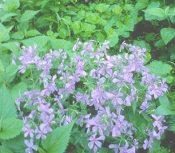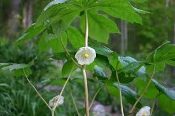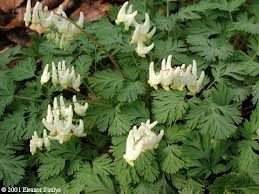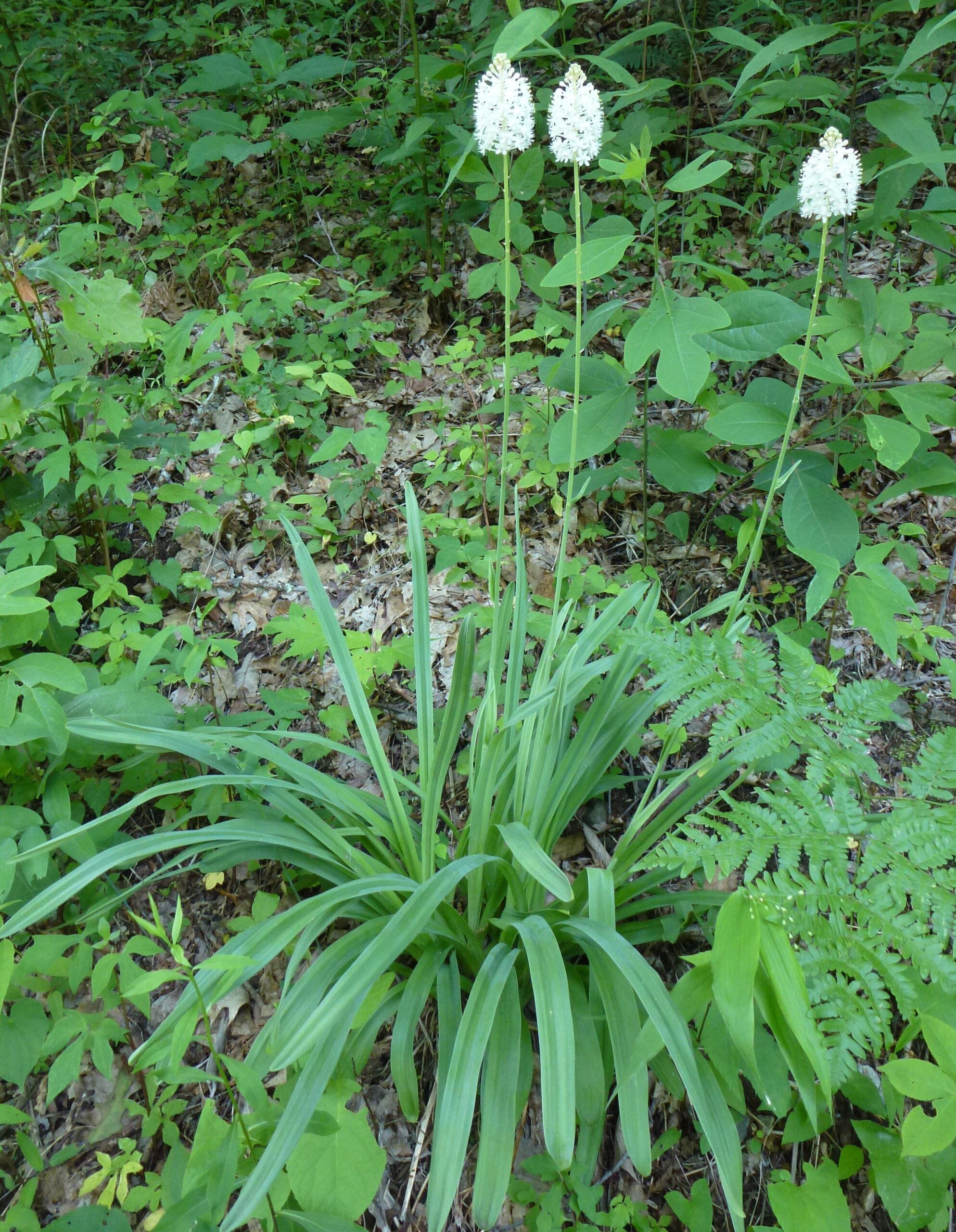Amianthium muscitoxicum, Fly Poison, Wholesale Native Bare Root Perennial
$12.00
100 in stock
Amianthium muscitoxicum, Fly Poison, Native Bare Root Perennial
(requires a minimum purchase of 5 plants)
5 or more $12.00 each
25 or more $8.00 each
50 or more $6.00 each
Wholesale pricing is based on quantity.
For Shipping, Install and additional info please see “About Bare Root“.
Native bare root ferns are dug and shipped while dormant, mid November to early spring.
See all available Native Bare Root Perennials
Check the native status of this species in your area : https://plants.usda.gov/plant-profile/AMMU/wetland
- PLEASE BE AWARE!! This plant has high severity poison characteristics.
- The common name of “fly poison” comes from what the plant can be used as: to kill flies (by grounding a mixture of some of the plant parts–mainly the bulb– and adding sugar). However, this plant– including the bulb– is poisonous to not just flies but also humans and animals (usually livestock).
The plant looks similar to Xerophyllum asphodeloides, Xerophyllum tenax, hyacinths, and butterfly bush’s flowers.
It can be found growing as a native plant in moist woods, especially oak forests, bogs, low pinelands, savannas, meadows, and sandhills. It does best when receiving a few hours of sun per day.
In general, most animal species are inherently aware of the toxins and avoid the plant altogether. We have no liability regarding any health issues related to this species. There are no specific insects, disease or other plant problems.
Order Minimum
There is a minimum order total of $150.00.
before tax (VA residents only) and shipping.
There are NO EXCEPTIONS.
Description
Amianthium muscitoxicum, Fly Poison, Native Bare Root Perennial
Plant Characteristics
Duration: Perennial
Habit: Herb
Leaf Complexity: Simple
Fruit Type: Capsule
Size Notes: Usually 1 to 2 feet high, occasionally up to 5 feet.
Flower: Flowers in 2 to 6 inch clusters.
Bloom Information
Bloom Color: White , Green
Bloom Time: Apr , May , Jun
Bloom Notes: A sticky substance coats the blooms, causing them to glisten.
Distribution
USA: AL , AR , DE , FL , GA , KY , LA , MD , MO , MS , NC , NJ , NY , OK , PA , SC , TN , VA , WV
Native Distribution: PA to WV & MO, s. to FL, MS & OK
Native Habitat: Mesic woods; seep areas; low pinelands; savannas; meadows; sandhills
Growing Conditions
Water Use: Medium , High
Light Requirement: Part Shade
Soil Moisture: Moist
Soil pH: Acidic (pH<6.8)
Soil Description: Moist, acid soil, rich or poor.
Conditions Comments: Does best with at least 1 or 2 hours of direct sun. Tolerates seasonal flooding.
Benefit
Use Ornamental: Good for low, white color in partial shade in the eastern US.
Use Other: Crushed bulbs mixed with sugar can be used as a fly poison.
Warning: This plant contains a very toxic alkaloid, and the entire plant is poisonous, especially the bulb, to humans and livestock if ingested. Sensitivity to a toxin varies with a person’s age, weight, physical condition, and individual susceptibility. Children are most vulnerable because of their curiosity and small size. Toxicity can vary in a plant according to season, the plant’s different parts, and its stage of growth; and plants can absorb toxic substances, such as herbicides, pesticides, and pollutants from the water, air, and soil.
Conspicuous Flowers: yes
Wholesale pricing is based on quantity.
For Shipping, Install and additional info please see “About Bare Root“.
Native bare root ferns are dug and shipped while dormant, mid November to early spring.
See all available Native Bare Root Perennials
- PLEASE BE AWARE!! This plant has high severity poison characteristics.
- The common name of “fly poison” comes from what the plant can be used as: to kill flies (by grounding a mixture of some of the plant parts–mainly the bulb– and adding sugar). However, this plant– including the bulb– is poisonous to not just flies but also humans and animals (usually livestock).
The plant looks similar to Xerophyllum asphodeloides, Xerophyllum tenax, hyacinths, and butterfly bush’s flowers.
It can be found growing as a native plant in moist woods, especially oak forests, bogs, low pinelands, savannas, meadows, and sandhills. It does best when receiving a few hours of sun per day.
In general, most animal species are inherently aware of the toxins and avoid the plant altogether. We have no liability regarding any health issues related to this species. There are no specific insects, disease or other plant problems.
Related products
-

Sisyrinchium angustifolium, Blue-Eyed Grass, Native Bare Root Perennial
$8.00 Add to cart -

Phlox diviricata, Wild Blue Woodland Phlox, Native Bare Root Perennial
$8.00 Add to cart -

Podophyllum peltatum, Mayapple, Native Bare Root Perennial
$8.00 Add to cart -

Dicentra canadensis, Squirrel Corn, Native Bare Root Perennial
$8.00 Add to cart
